Centrifugal pumps transport liquids by using pressure. Because they are relatively uncompressible, the liquids are not condensed or pressurized; instead they are imparted with centrifugal force, the force that causes substances to move away from their center of rotation. Read More…
When it comes to moving your hard-to-handle liquids quickly and efficiently, John Blue’s centrifugal transfer and spray pumps are second to none. John Blue Company’s product lines include centrifugal spray pumps, cast iron centrifugal pumps, and polypropylene centrifugal pumps.

Hydra-Tech can help handle your most difficult jobs, and its centrifugal pumps are able to handle high viscosity liquids like refinery waste, molasses, latex & crude oil. Hydra-Tech can make standard pumps as well as custom design them to fit your needs and offers the widest variety of models in a variety of materials. Hydra-Tech is CE Certified and can help find or design the right pump for you.
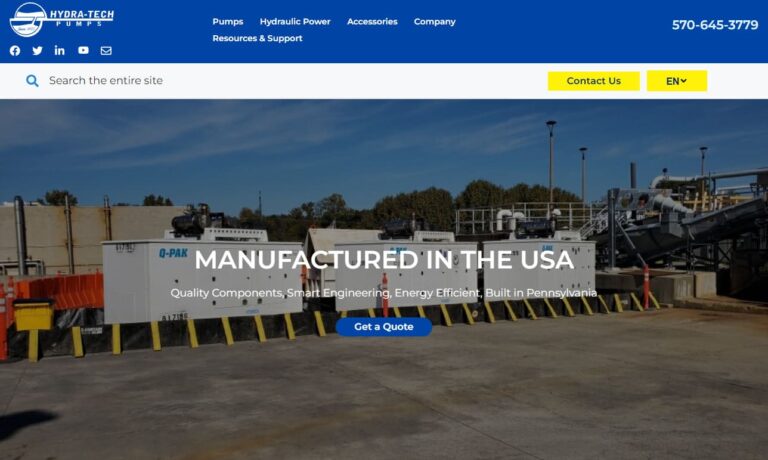
Puffer Sweiven Rotating Equipment offers a wide range of centrifugal pumps from a number of quality manufacturers. We offer these durable products in horizontal, vertical and submersible designs.
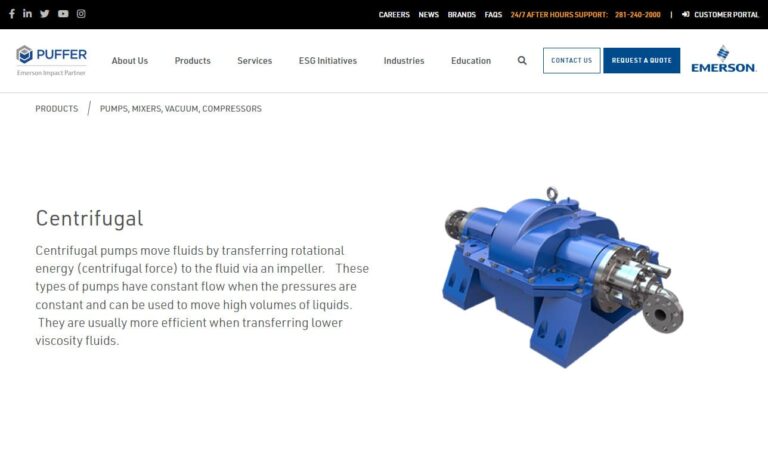
Since 1978, our radial flow centrifugal pumps have been used for flood irrigation, flood control, liquid waste pumping, & more. Our trailer centrifugal pumps supply water with either 540 or 1000 RPM PTO drive. Our sump pumps “attack” your pumping problem using tractor, diesel or electric power. For more information on our centrifugal pumps give us a call today, we are ready to help!
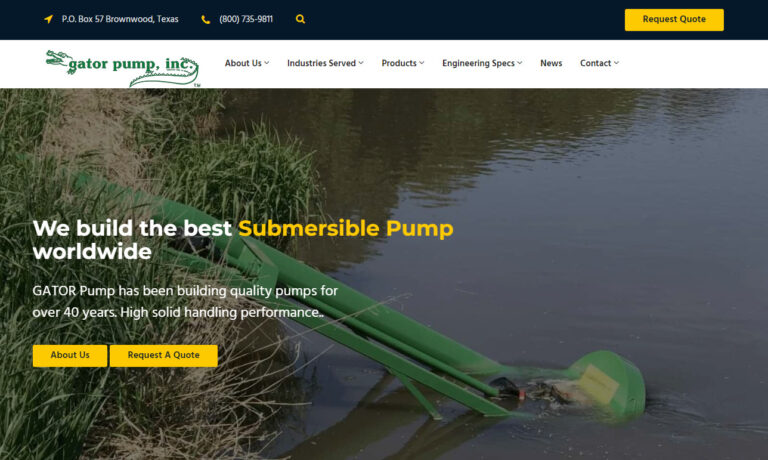
Texas Process Equipment supplies specialty pumps, such as centrifugal pumps and other process equipment. TPE offers products from Chempump, Barnes Pumps, Isochem, Micropump, Price Pump and more. Through a common sense approach to business, communication and information technology, TPE offers the lowest "total cost of ownership" to its customers. Call today to see what TPE can do for you.

More 12 Volt Pump Manufacturers
12 volt pumps are constructed out of aluminum, cast iron or stainless steel though some models have plastic housings. Because of the low amount of power these pumps use (less than one horsepower), the output is much lower than that of general purpose, industrial or commercial grade pumps. They are frequently small and compact enough to be portable and consequently are used for temporary jobs. 12 volt pumps are found on personal watercraft for water bailing purposes in case of emergency.
They are also used for camp or outdoor showers, watering gardens and pumping out a flooded basement. There are three main kinds of centrifugal pump usages: chemical, water and trash. Because of their size and energy, 12 volt pumps are generally not designed to pump the solids and debris usually found in waste water. Depending on the construction, however, some 12 volt pumps may be used to transfer small batches of liquid chemicals.
Centrifugal pumps are basic machines with few parts. The central component is an impeller which is very similar to a propeller except that the blades are not as sharp and they create suction instead of propulsion. The impeller is kept in a volute, or casing, and is mounted on a rotating shaft that connects to the motor.
As mechanical energy powers the shaft, the impeller turns as well, its vanes imparting kinetic energy to the fluid which follows the expanding volute to the discharge opening. Though the speed of the liquid is reduced, the pressure increases; 12 volt pumps can transport up to 10 gallons per minute. The maximum lift is about 30 feet with small or miniature pumps offering around 5 feet of lift. The pump diameter for a 12 volt centrifugal pump is often just a few inches.
Miniature 12 volt pumps are handheld and can be dropped into a well hole or river to lift water. Some models are submersible while others are able to run dry. Accessories are available to suit the demand and include removable strainers, hose barb connections and anti-clog measures. Many of these pumps need to be primed before they are used to expel air and allow water to be drawn in by the suction.


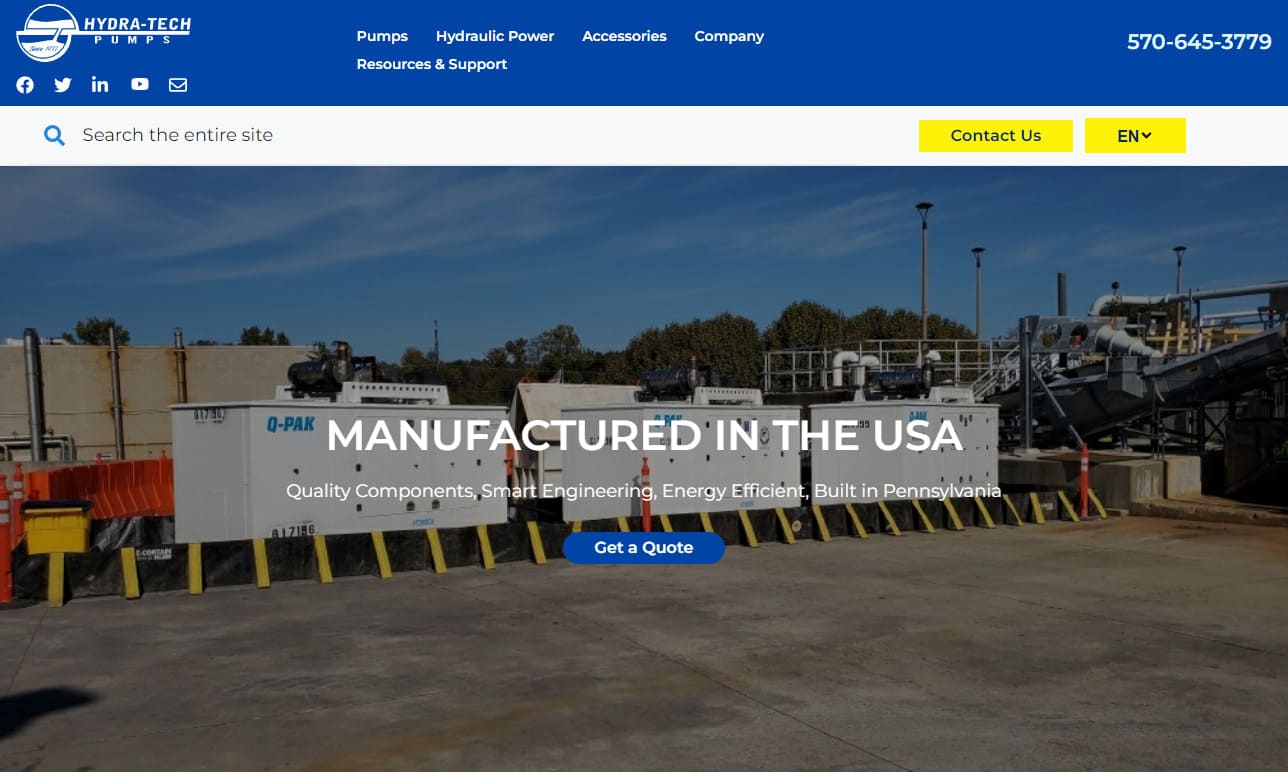
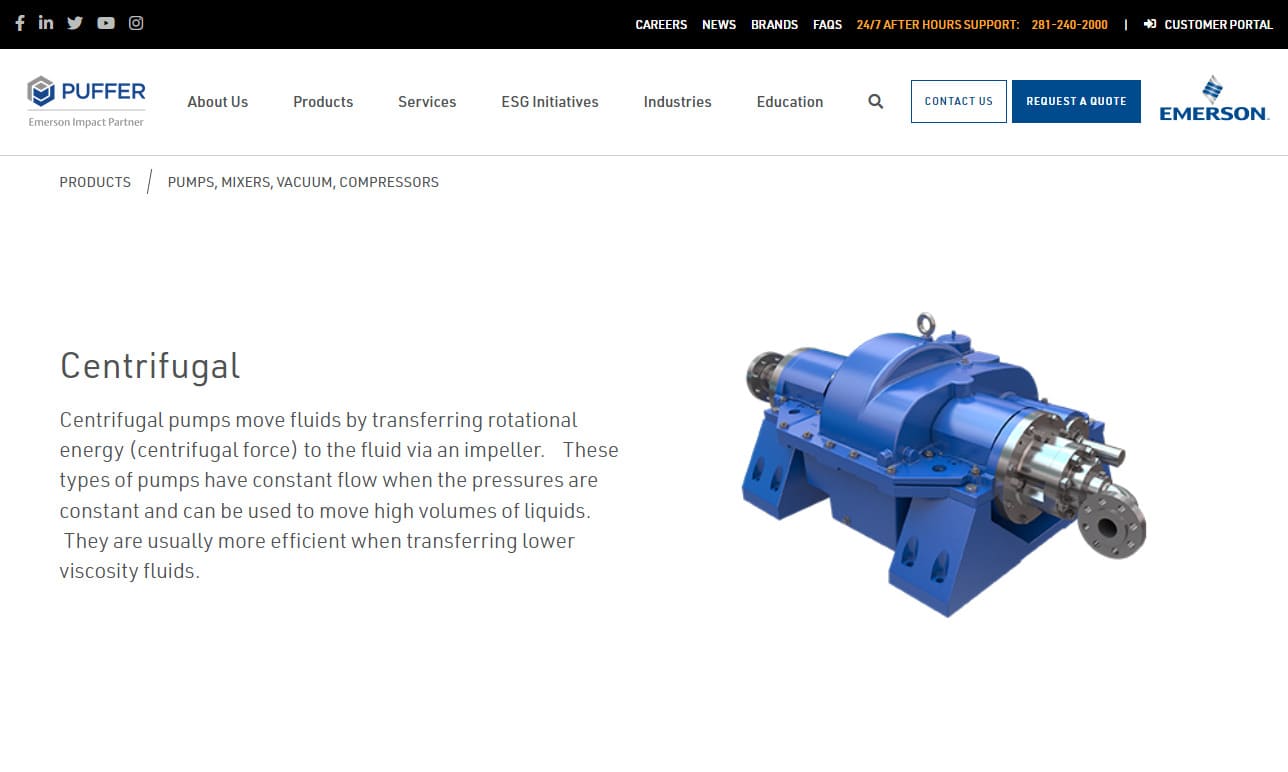
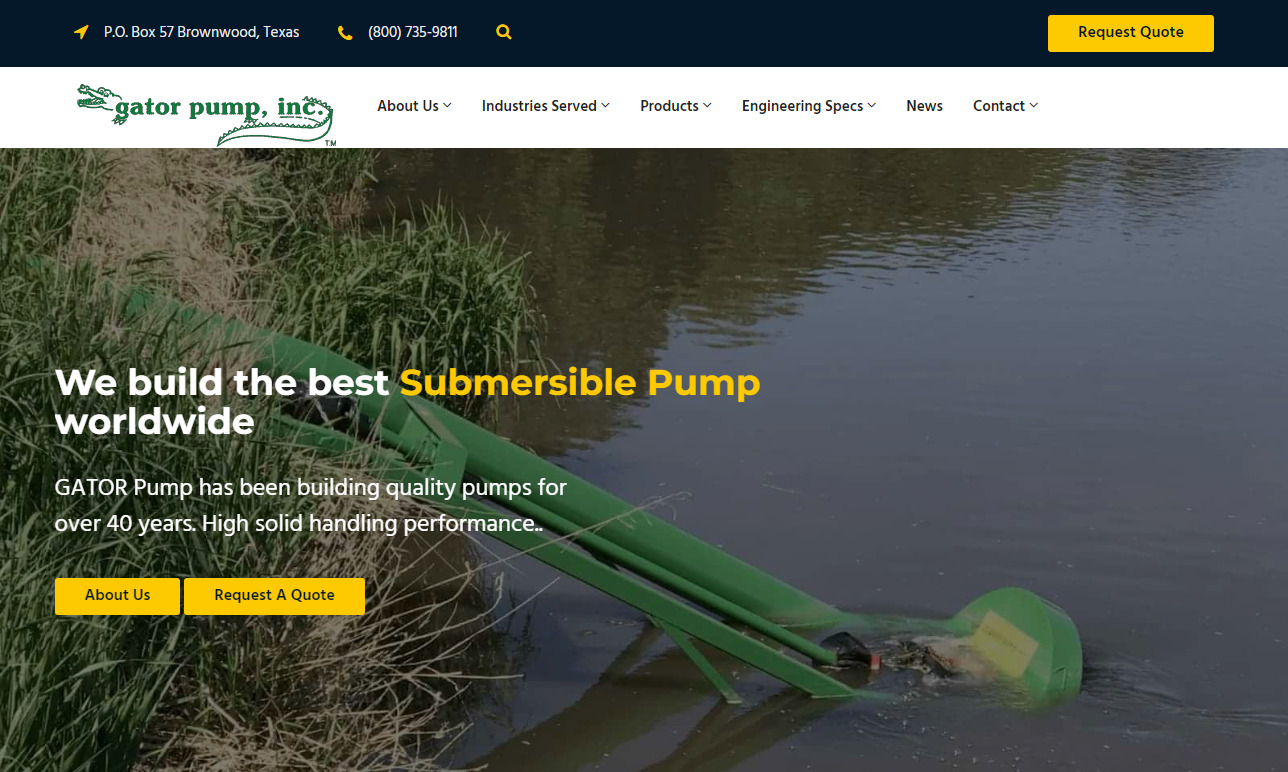

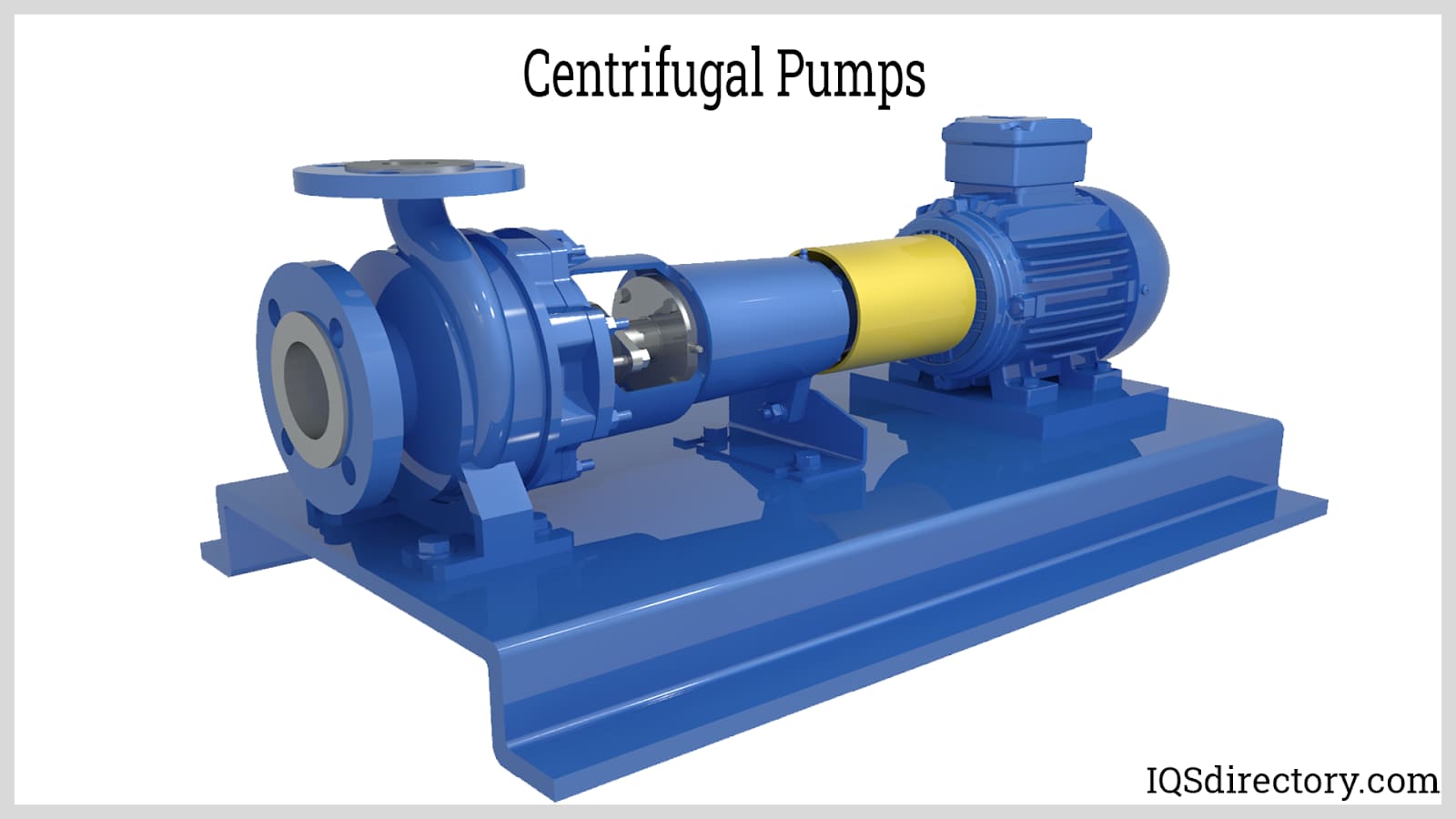
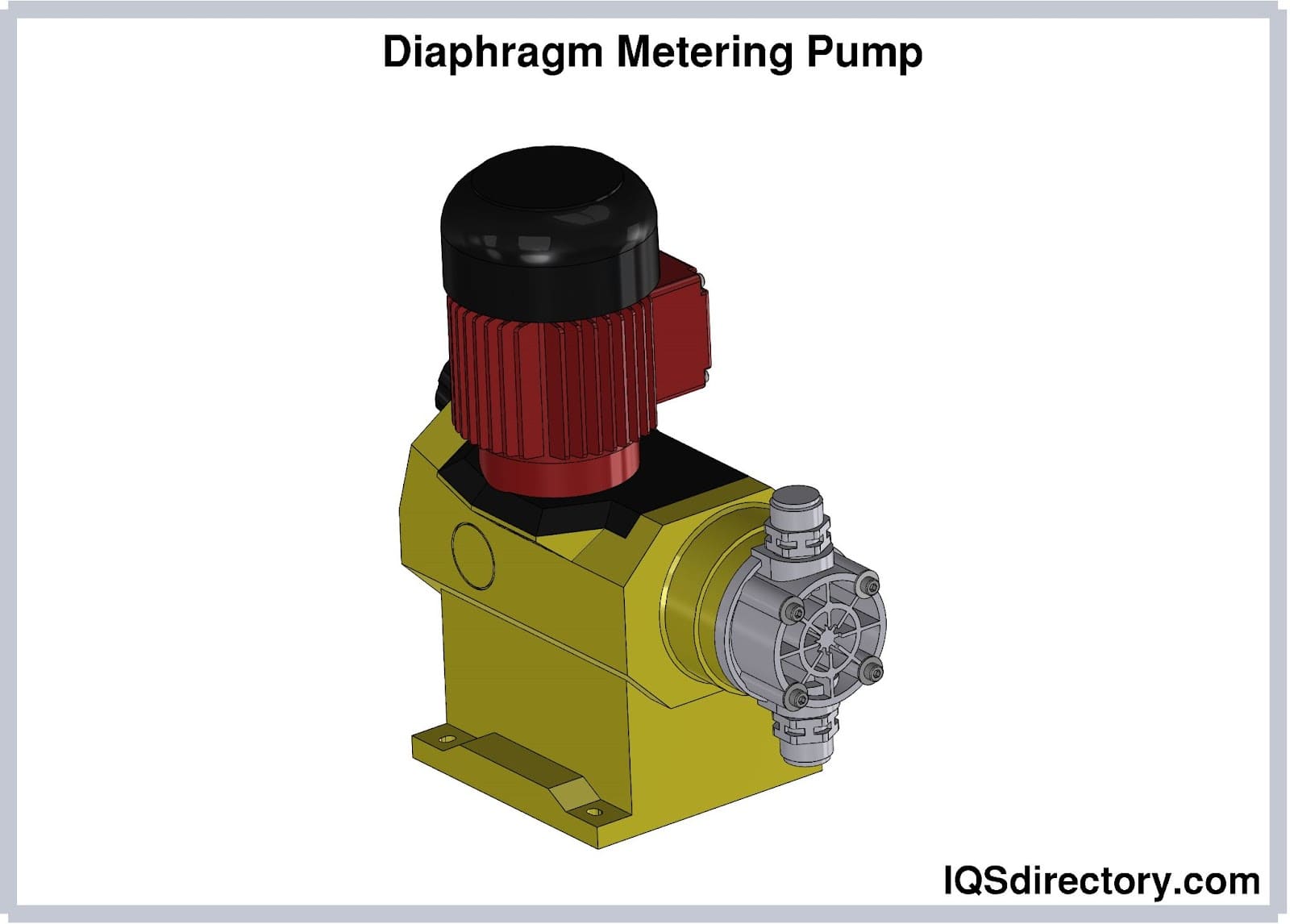
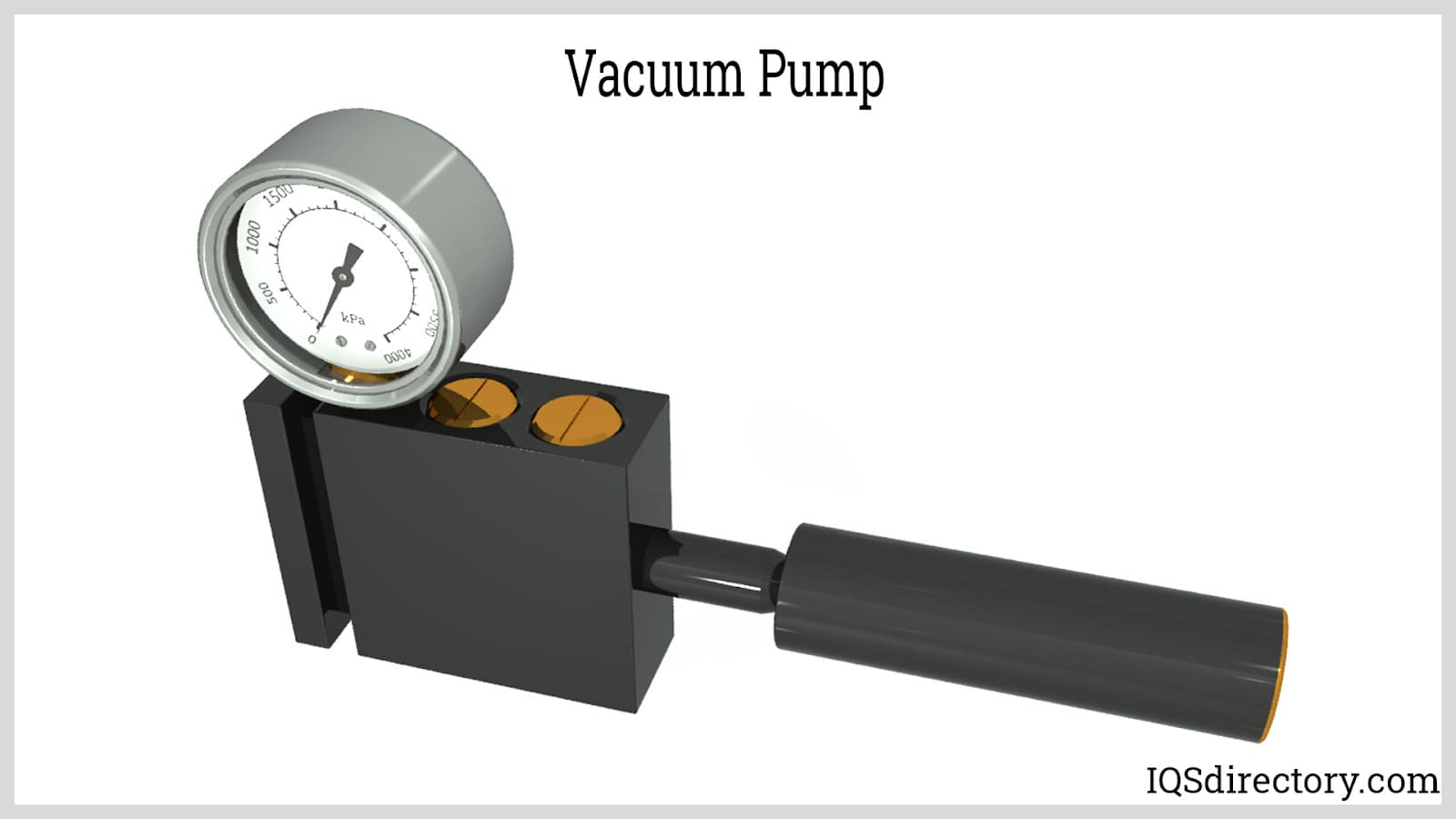
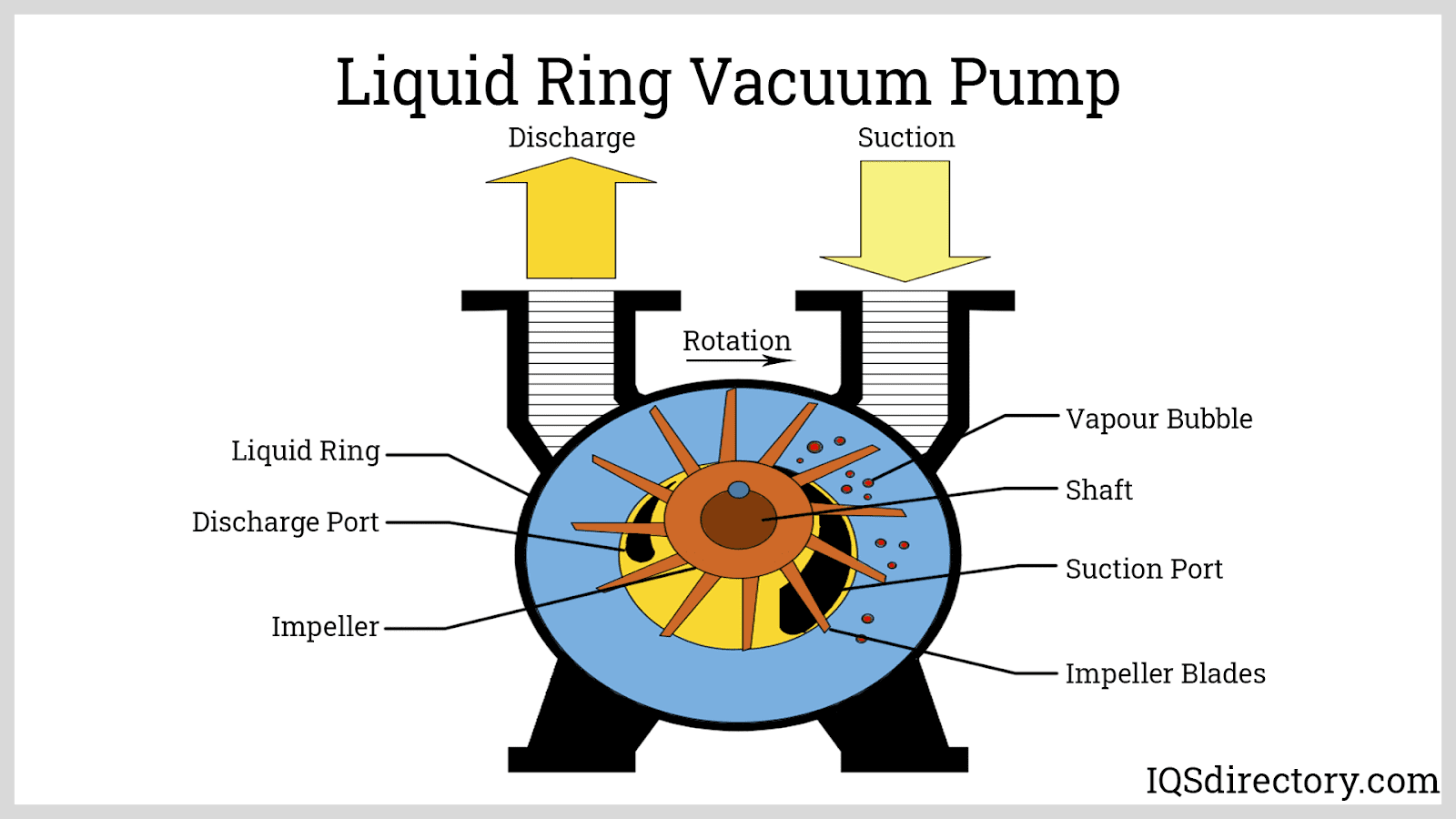
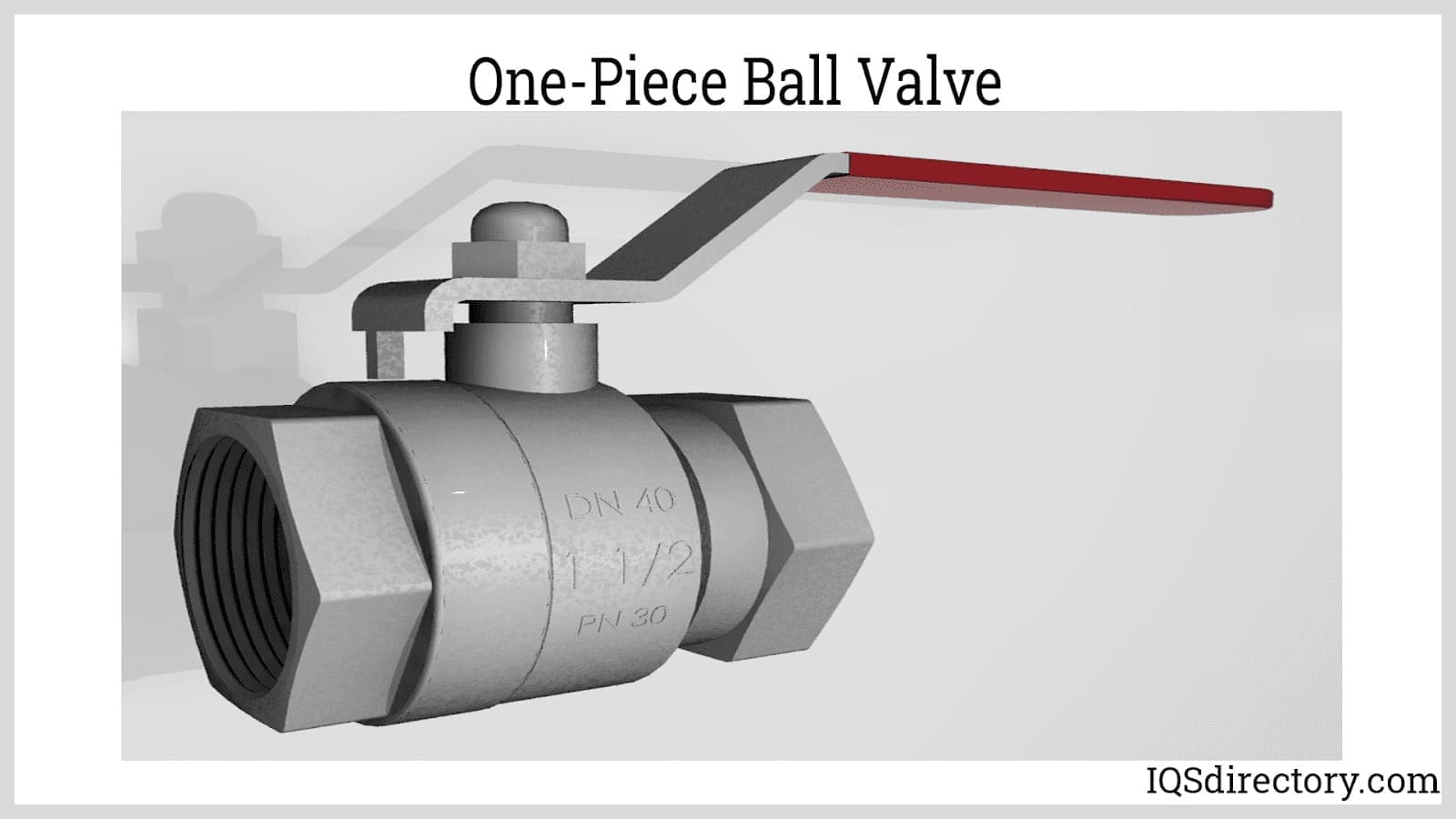
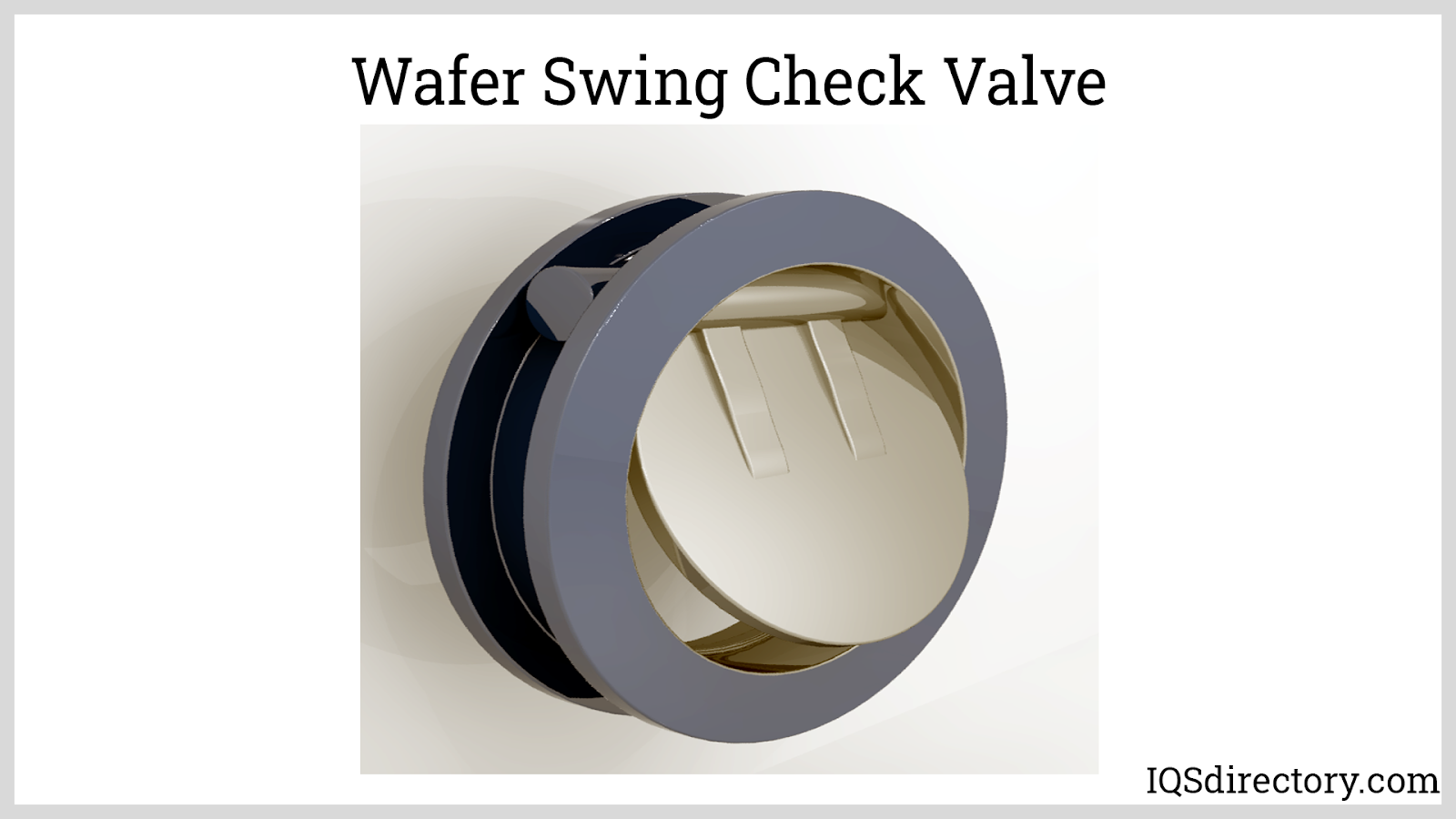
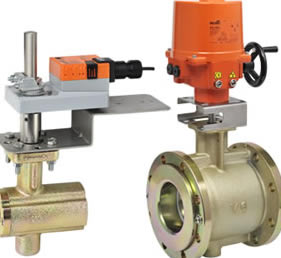 Ball Valves
Ball Valves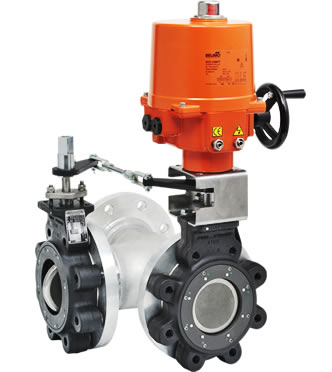 Butterfly Valves
Butterfly Valves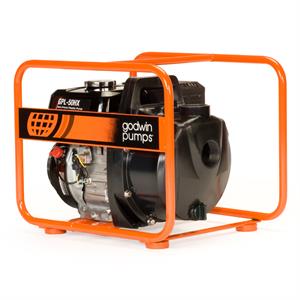 Centrifugal Pumps
Centrifugal Pumps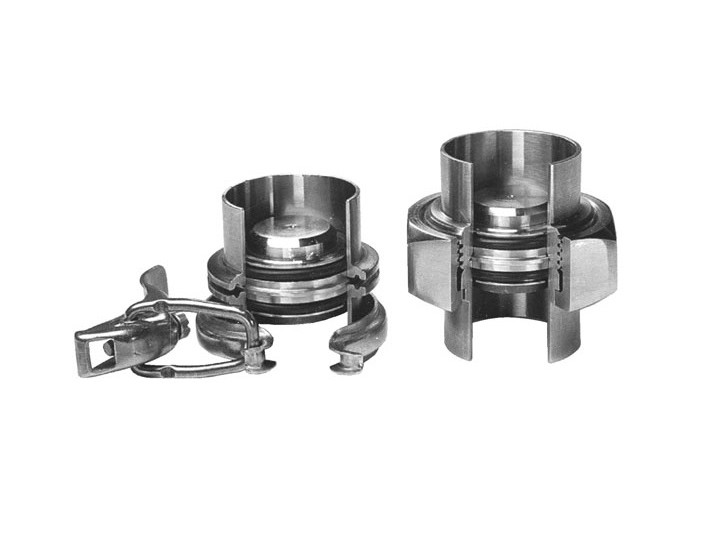 Check Valves
Check Valves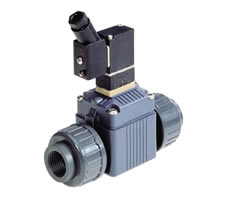 Diaphragm Valves
Diaphragm Valves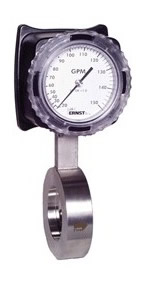 Flow Meters
Flow Meters Hydraulic Pumps
Hydraulic Pumps Hydraulic Valves
Hydraulic Valves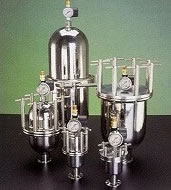 Metering Pumps
Metering Pumps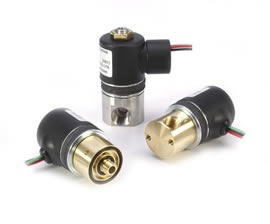 Solenoid Valves
Solenoid Valves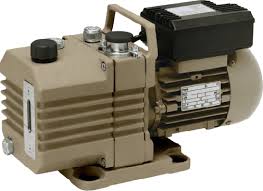 Vacuum Pumps
Vacuum Pumps Castings & Forgings
Castings & Forgings Bulk Material Handling
Bulk Material Handling Electrical & Electronic Components
Electrical & Electronic Components Flow Instrumentation
Flow Instrumentation Hardware
Hardware Material Handling Equipment
Material Handling Equipment Metal Cutting Services
Metal Cutting Services Metal Forming Services
Metal Forming Services Metal Suppliers
Metal Suppliers Motion Control Products
Motion Control Products Plant & Facility Equipment
Plant & Facility Equipment Plant & Facility Supplies
Plant & Facility Supplies Plastic Molding Processes
Plastic Molding Processes Pumps & Valves
Pumps & Valves Recycling Equipment
Recycling Equipment Rubber Products & Services
Rubber Products & Services